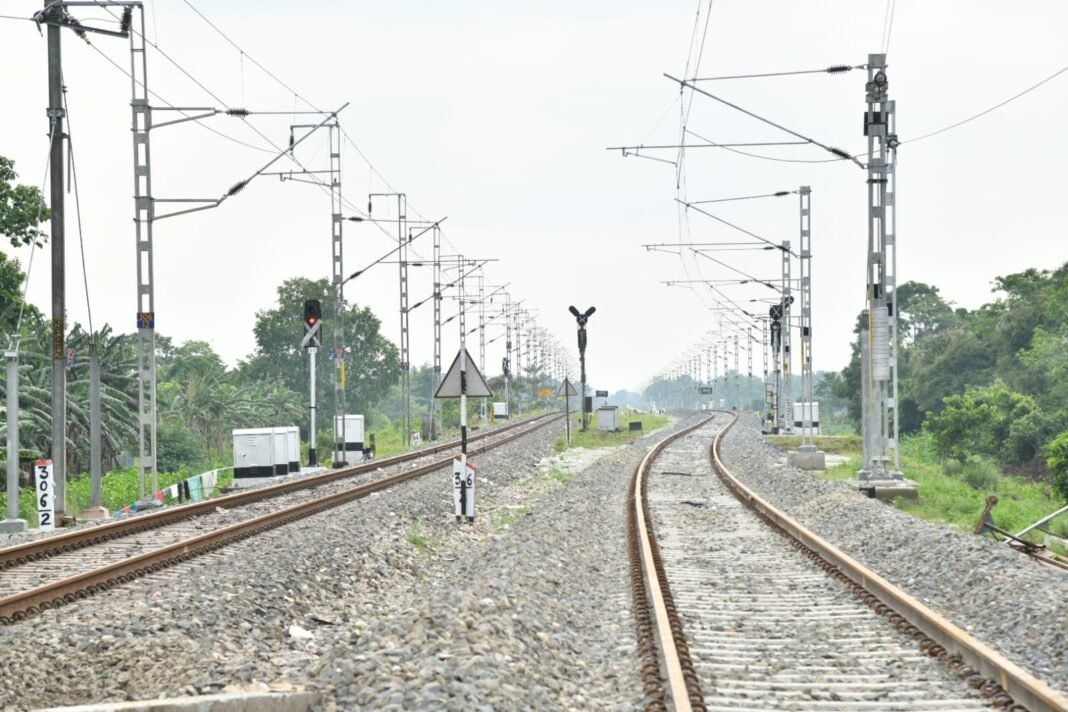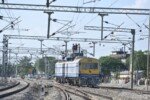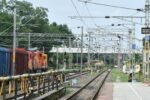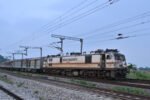HT Bureau
GUWAHATI, June 20: The Northeast Frontier Railway (NFR) has taken another major step toward its target of achieving 100% electrification, with statutory inspections recently conducted across several newly electrified sections of the zone.
According to an official statement, these inspections were carried out by the Principal Chief Electrical Engineer (PCEE) of NFR, Shri Sandeep Kumar, during June 2025.
The inspections are an essential procedural requirement to secure authorization for the introduction of commercial train operations using 25 kV AC electric traction.
This transition is expected to enhance safety, operational efficiency, and sustainability across the region’s railway infrastructure.
On June 9, Kumar conducted the inspection of the newly electrified Chaparmukh–Hojai second line section under the Lumding Division.
This section spans 46 track kilometres (TKM) and represents a key corridor in Central Assam.
The following day, June 10, the PCEE inspected the Azara–Dudhnoi section under Rangiya Division, covering 99.32 TKM and 20.44 route kilometres (RKM).
The third inspection was carried out on June 16 in the Tinsukia Division, covering the Duliajan–Tinsukia and Tinsukia–Dibrugarh sections, which are vital to strengthening connectivity in Upper Assam.
These electrified routes are expected to significantly enhance the reliability and capacity of railway services in their respective regions, while contributing to broader regional development goals.
The inspections come on the heels of a landmark achievement by NFR in the financial year 2024–25, during which the zone recorded the highest-ever railway electrification with 1,141 RKM completed.
Building on this momentum, NFR has set an electrification target of approximately 640 RKM for the current financial year 2025–26, across various strategic sections.
NFR’s electrification drive aligns with the Indian Railways’ larger commitment to reducing reliance on diesel traction and lowering carbon emissions, while modernising its infrastructure for better service delivery.
The commissioning of these newly electrified sections is expected to lead to faster trains, reduced travel time, and greener, more energy-efficient operations across the Northeast.
The move reflects NFR’s commitment to sustainable development, enhanced passenger service, and long-term infrastructural advancement in the region.












